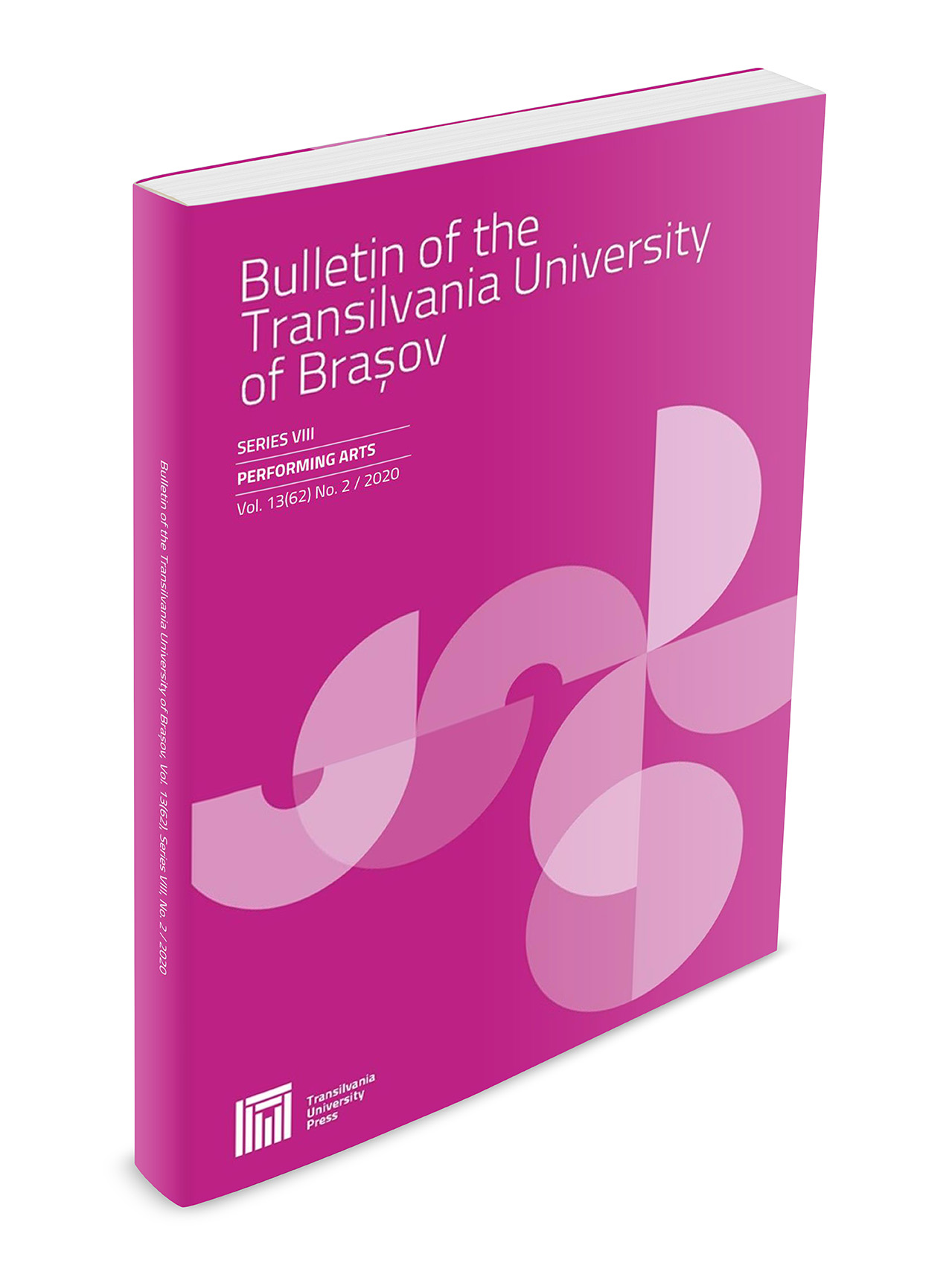Aspects in the Evolution of the Sonata Genre and Form in the Piano Creation
DOI:
https://doi.org/10.31926/but.pa.2019.12.61.4Keywords:
sonata, genre, form, evolution, pianistic creationAbstract
In our approach, we start from the conquests of the Baroque music regarding the architectural pattern of the sonata, following its evolutionary path along with the flowering of keyboard instruments and the creation standard set by Scarlatti who, in his time, named his 555 Exercises of great virtuosity, Sonatas. Starting from the 17th-18th centuries from the two types of sonata - da camera and da chiesa, we reach the time of crystallization of the instrumental sonata genre and form during the Viennese classicism of Haydn, Mozart and Beethoven. One of the great innovators in the field of sonata form and the setting of the well-known pattern of today is Carl Philipp Emmanuel Bach. In his turn, Haydn will approach the sonata from both a standalone and applied to chamber, symphonic and concert music. We follow the architectural changes of the sonata onto new horizons, from Beethoven to Schubert and Liszt. Synthesizing the metamorphoses suffered in the evolution of the sonata genre and form, we observe the tendency of mirroring at its level the distinct elements in the creation of each composer.Downloads
Published
Issue
Section
License
Copyright (c) 2019 Bulletin of the Transilvania University of Braşov. Series VIII: Performing Arts

This work is licensed under a Creative Commons Attribution 4.0 International License.




